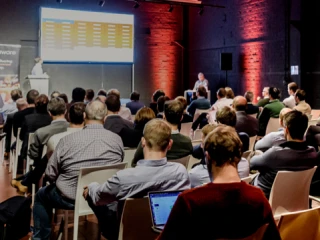/Topstory_2-Website-720x360-(1).webp?mode=autocrop&w=320&h=320&attachmenthistoryguid=e9b72f54-744f-4aa1-a73a-d773ecf8fc31&v=&focusX=450&focusY=133&c=d6b206af8e6b1a7ec213897d04807ff5d1ce9a7fa1599761bc8e90b0a8b7e0ae)
How delaware is embracing the self-driven back office
- finance
- people
- engineering & projects
- artificial intelligence & RPA
Would you trust a baker who doesn’t eat their own bread? Of course not. So, we figured: you probably wouldn’t trust an IT partner that doesn’t heed its own advice. Behind the scenes, our CIO Steven Fleurent and delaware partner Filip Decostere are working hard to make the ‘self-driven back office’ a reality. Read on to hear more about their experiences, expectations and goals in this unique exposé.
/Topstory_3-Website-720x360-(1).webp?mode=autocrop&w=320&h=240&attachmenthistoryguid=572c7233-914b-4b03-85b7-906f02d89f90&v=&focusX=410&focusY=142&c=826bf5d8ea3dd957f67134e7b1fcf8d5fa46da81da7f30e7170ce65f76e88bb9)

